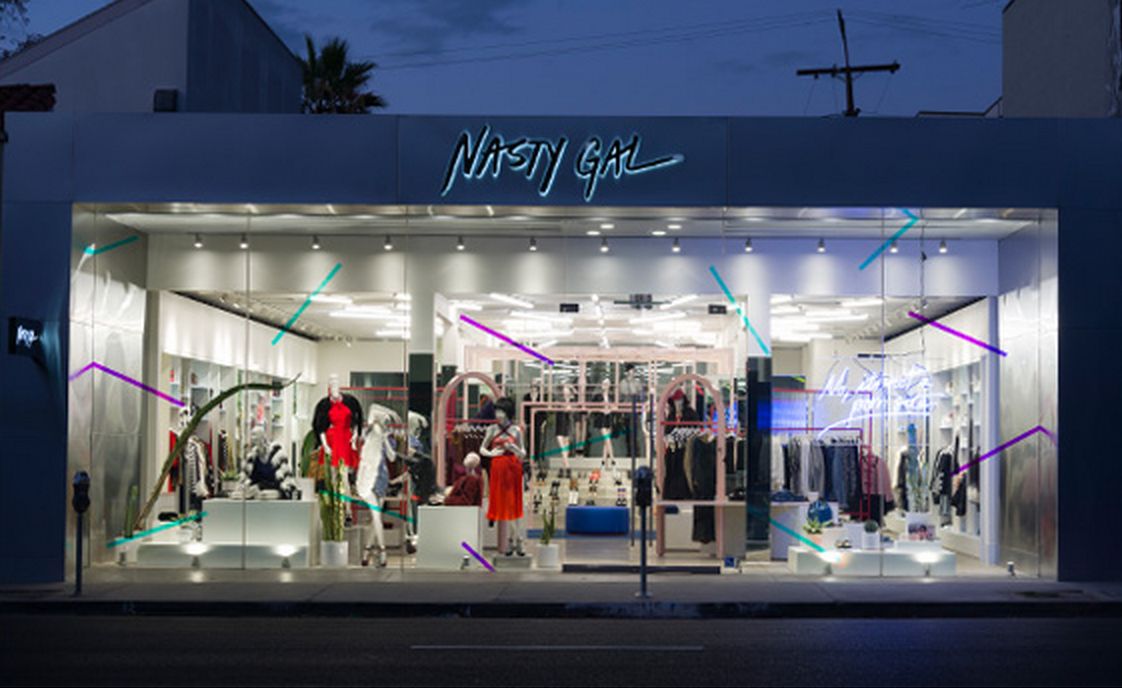The Opportunities and Challenges of Building a Lasting Ecommerce Brand


As an investor, I have a particular fondness for the ecommerce space—not because I’m particularly fashion-savvy, but because I find investing in ecommerce more challenging than investing in apps or services.
Unlike their code-only counterparts, retail entrepreneurs must demonstrate an additional savvy for working with tangible, physical products—thereby making the end-product not only about product/market fit, but also about the literal fit of the product.
From my perspective, the biggest challenge in ecommerce today is being able to launch and develop an online-first product and then build a really strong brand around it. This combination is particularly valuable, because brand implies aspiration, and aspiration implies a significant margin. It’s a difficult task I don’t think anyone has truly cracked yet. Most of the brands that people commonly associate with the ecommerce space (think: J.Crew or Tory Burch) began as physical or catalog stores that only expanded digitally as an afterthought. Luxury brands, in particular, had to be dragged kicking and screaming into setting up online stores. The digital-first brands that succeeded, meanwhile, have primarily been aggregator sites like Amazon.com and Net-a-Porter.
Having seen first-hand how the world of ecommerce has grown and changed over the past two decades, I have discerned three specific principles that now guide my thinking about investing in and building a successful ecommerce brand.
The Marketplace Is Still King
Despite all the new models of commerce that have popped up in the past few years—flash-sale sites, subscription services—the one format that continues to dominate is the online marketplace. Thanks to the Internet, niche products that are viewed as too small or expensive to stock in the physical world can become massive markets online. No longer limited by foot traffic, the addressable market for an online marketplace is worldwide; so long as one can lock in enough supply, then demand (and success) will follow.
Marketplaces with differentiated products are particularly well-positioned to succeed because most of the novel and disruptive selling points that once set the online experience apart, like convenience and exceptional customer service, have become table stakes. Everyone does it, and you’re not a differentiated vendor simply by selling online and getting it delivered to the home. To really build something of value, new entrants to the market must create a strong brand in addition to checking off all the traditional values of ecommerce. Companies should avoid the path infamously taken by Fab.com, which chose to dilute its defining product base and manufacture undifferentiated merchandise—sacrificing independence and margins along the way—in the name of hypergrowth. The high-flying company, which was once valued at $1 billion, just sold for a mere sliver of its former worth.
It’s All About Online AND Offline
Now that most of the value-added services that made ecommerce so interesting are gone, one way that online retailers can still engage with their customers is creating a seamless shopping experience that bridges numerous touchpoints—both on- and offline. Today’s consumers want to browse on an app but manually inspect their purchases before they buy, and tomorrow’s retail winners will be the ones that master omni-channel. (Apple does a particularly good job with this; not only do their physical stores mimic the aesthetic of the Apple website, but they also create a fundamentally different shopping experience through its Genius Bar and long tables of touchable products.)
Farfetch – a company in our portfolio which (today) announced an $86 million round of funding – has a particularly interesting approach to developing an omni-channel presence. Already a successful marketplace with a substantial brand, Farfetch curates and facilitates the sale of merchandise from hundreds of specialty boutiques around the world. Each individual boutique, however, carries the merchandise and is responsible for shipping to the customers. This way, Farfetch can offer customers a much wider—and much deeper—selection of specialized products, but not have to worry about keeping inventory or hiring a sales staff. Farfetch’s approach is simultaneously global and hyperlocal, and ticks the box of offering shoppers a physical experience that mirrors the online experience, but is still different enough to create an interesting omni-channel approach for consumers.
Beware of the Double-Edged Sword of Scaling
The way I see it, there are three main inflection points for ecommerce companies: When they reach $20 million in sales, when they reach $60 million in sales, and when they hit $100 million in sales. Comparatively, reaching the first two categories isn’t as difficult as the third; so long as you’ve achieved some product/market fit, people are excited about your products, and you have access to better technology capabilities, you’re on the right track.
Reaching $100 million in sales is when most companies sink or swim, because this is when everything changes—companies have to hire new teams that are high caliber across the board, put in new infrastructures and generally learn to operationalize everything. Companies also have to resist the temptation to compromise their margins in the name of growth and capturing market share.
The most common mistakes I’ve observed, however, are founders hiring resumes over company fit (choosing the marquee, old school executive who is ultimately unable to adapt to startup working conditions) and younger employees refusing to acknowledge they’ve hit a wall and need outside help. It’s a bit of a Catch-22, because successful startups need both the raw talent of younger employees and the experience and guidance of elder statesman, but it can be difficult to find the right mix of colleagues to do the hard work together.
That’s why I was impressed when Nasty Gal CEO Sophia Amoruso came to me a few months ago and told me she wanted to step down as CEO to focus on the customer and the brand. After much internal deliberation, she’d decided that company president Sheree Waterson, a seasoned retail executive, was better equipped to scale the company now that it was pushing yearly sales of $100 million. It was a hard decision for a founder to make, but it’s a decision that shows tremendous maturity and commitment to the success of the company. Now, she’s free to double-down on her strengths—working with customers, leading creative—and pursue her dream of creating the first true brand with online roots and a foothold in the physical world. She’ll now also be aided by Ron Johnson, who we’re thrilled to welcome to the board. Ron knows a thing or two about creating a successful marriage between online and offline stores, and finding the perfect way to help differentiate the latter from the former.
What Sophia, Sheree and Ron are trying to do with Nasty Gal and what Farfetch founder and CEO José Neves and his team are accomplishing with global and hyperlocal stores epitomize how I see the future of ecommerce. As one of the underwriting analysts for Amazon’s IPO, I’ve seen how Jeff Bezos’ original promises of customer service, convenience and ability to price compare have gone from value-adds to table stakes, as every player in the ecommerce game now offers the exact same thing. So how do you build value on top of that? For today’s ecommerce entrepreneurs, a large piece of the puzzle is establishing a physical presence with retail stores. This way, consumers can engage with a brand at multiple touchpoints and physically handle a product—something its competitors can’t offer. Such engagement helps value come back to the product, which in turn can help a popular company evolve into a truly lasting brand.
Published — March 4, 2015

